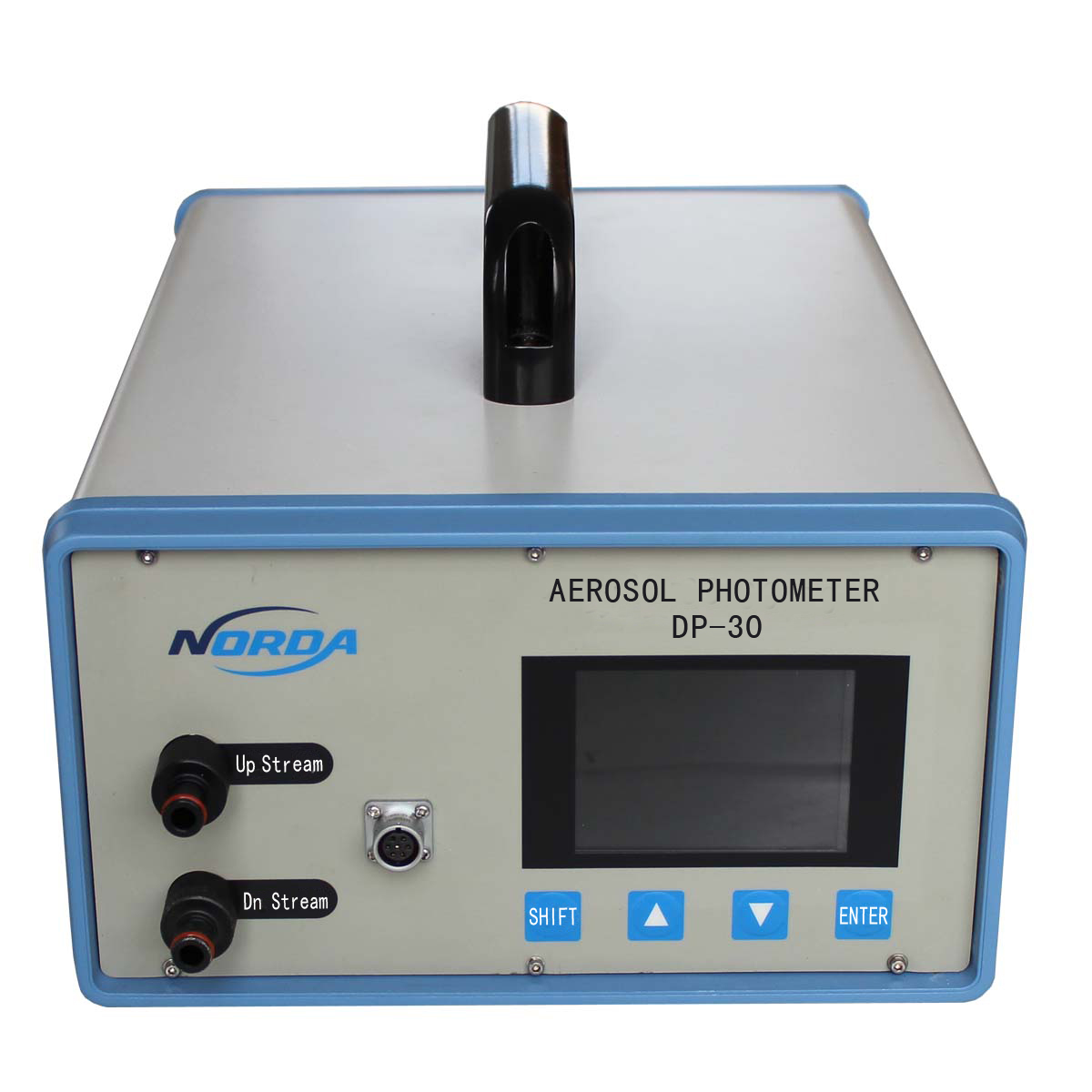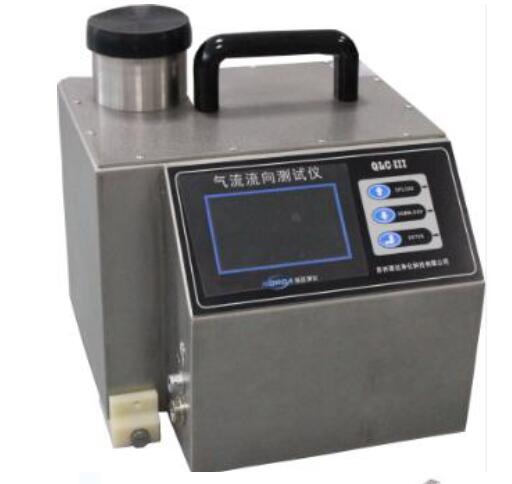Safety First
While a primary purpose of most controlled environments is to protect the product or process from contamination generated by workers, protecting workers from hazards generated by cleanroom processes—and the cleanroom itself—is paramount.
Cleanrooms are complex systems, with tight floor plans, sophisticated equipment, and hazardous materials. Workers are subject to hazards from the physical environment (electrical, heat, fire). Depending on the facility, workers also may be subject to dangerous chemicals and biological materials.
Safety practices should be part of all standard operating procedures. In addition, all workers should be well trained in emergency procedures in the event of fire, power failure, chemical spill, or other catastrophic event.
Have a basic safety plan
“Each facility will face different types of emergencies and the approach to handle the emergencies [varies] from facility to facility,” says Olga Nelson, director of operations for ESCO Technologies Inc., St. Louis. “The facility therefore should conduct risk assessment and define emergencies that should be prioritized in terms of ensuring emergency plans exist, drills are in place, etc. Some of the emergency scenarios include power failure, lightning strike, storms, process interruptions, flood, fire, service utility failure, and chemical spills.”
Training, procedures, and equipment knowledge should be employed as part of a safety plan. “We provide operation manuals for our equipment and our customers implement their own safety/training procedures,” says Scott Funge, co-owner and vice president of sales at BBF Technologies, Wilsonville, Ore.
Cleanroom workers should be trained to follow emergency evacuation practices. If the room is equipped with fire alarms, staff should exit the facility when the alarms sound or when beacon lights flash. Gas alarms can also warn staff to evacuate in case of a gas leak. The staff should exit—without removing cleanroom garments—and move to a designated meeting place outside of the building.
Reduce workspace hazards
Workbenches, particularly in semiconductor manufacturing facilities, can both control hazards and present dangers.
“Our equipment incorporates safety equipment such as exhaust monitoring; an alarm will notify a technician at the bench or remotely if exhaust flow is lost,” says Funge, whose company manufactures semiconductor processing wet benches. “Also, we design our equipment to have secondary containment to contain any leaks or spills.”
Airflow equipment typically has alarms that indicate failure of protection, likely indicating lower than required airflow to maintain containment, explains Nelson. “The facility with a more sophisticated building monitoring system (BMS) may also require the cabinet to signal the alarm to the system. Equipment with hard ducting to the building ventilation system may also require integrated control to ensure external and internal fans can be powered in synergy. ESCO cabinets offer both alarms and integration possibility.”
Workbench safety
Isolators, biological safety cabinets, fume hoods, and gloveboxes provide a compact way to protect the product from contamination, as well as protecting the staff by containing something unstable or unsafe.
Isolators may come in a closed or open form. Closed isolators are totally sealed in order to block unfiltered or contaminated air from entering the isolator while it is in use. Open isolators are typically used for procedures that involve products or product components recurrently entering and exiting the workspace through a port. This port is specifically designed to prevent air from entering the isolator enclosure by providing a constant outward flow of filtered air. Therefore, when the isolator is being decontaminated, the exit port should be sealed up until the process is finished.
Isolators and biological cabinets must be cleaned on a regular basis in order to maintain safety and product integrity. It is necessary to use proper cleaning products that meet standard operating procedures.
Additionally, isolators used in constant manual operations should be configured in order to allow for worker comfort. The physical constraints and limited flexibility of isolators may present an uncomfortable working environment for cleanroom staff, which may cause them to lose focus and alertness. Easy access through glove ports, and while wearing layers of cleanroom apparel, is necessary for a safe and comfortable work environment. Chairs and stools should be adjusted to the proper height before beginning work.
A lack of proper ergonomics can cause injury and therefore decrease productivity.
Biological safety cabinets
Biosafety cabinets are enclosed and ventilated laboratory workspaces that serve as the primary means of containment for working safely with infectious microorganisms. The U.S. Centers for Disease Control and Prevention (CDC) classifies biological safety cabinets into three classes. Class I cabinets provide personnel and environmental protection, but no product protection. Class II cabinets provide personnel, environmental, and product protection. Class III cabinets are designed for work with highly infectious microbiological agents and hazardous operations. These cabinets provide maximum protection for the environment and the worker. Class II and III biological safety cabinets use HEPA filters in their exhaust and supply systems.
Hydrogen peroxide vapor can be used to clean biological safety cabinets. This method is a safer alternative to formaldehyde, the conventional decontamination agent, which has been banned in several European countries due to adverse health effects. Hydrogen peroxide vapor decontamination is faster than other methods and will not leave residue on the cabinets once the decontamination cycle is complete.
Biological safety cabinets are routinely decontaminated before service procedures, before relocation, when the type of micro-organism handled is changed, after serious spills, and when product contamination is suspected. The front grille should be cleared of any blockage (toweling, notes, wrappers, etc.) and all operations should be performed on the work surface at least four inches from the front grille. Any drain valves under the work surface should be closed prior to beginning work in the cabinet.
Proper attire must be worn; the CDC recommends a solid front, back-closing lab gown, which provides better protection of personal clothing than a traditional lab coat.
Fume hoods
Fume hoods are designed to capture, contain, and exhaust hazardous fumes generated inside the enclosure. This is a vital piece of equipment in a controlled environment where volatile chemicals and hazardous fumes are produced, since these fumes must be drawn away from workers.
“The equipment features a venture vent system to send any vapor to an exhaust. If the top is opened during operation there is safety sensor, which shuts down the unit operation,” says Michael Robbins, president of NexGen Enviro Systems, Lindenhurst, N.Y. “A fume hood in conjunction with the equipment is a good practice providing double protection against any escape of vapor created by the cleaning action inside the unit.”
Chemicals should not be stored in a fume hood, unless the hood is solely designed for storage. Chemicals should be stored in safety storage cabinets until needed, and then put away once the experiment is finished. Chemicals inside the hood should remain capped when not in use, and users should not use the hood to evaporate hazardous chemicals or use the hood for chemical disposal.
Users should wear, at a minimum, gloves, eye protection, and a lab coat when utilizing a fume hood. Respirators should not be used in place of a fume hood, and the user’s head should not be extended inside of the hood while an experiment is ongoing.
Gloveboxes
Gloveboxes are positive pressure environments that allow users to process research or manufacture in an inert atmosphere. To maintain safety, gloveboxes should be thoroughly inspected prior to each use. Glove changes should be documented each time, and the lifespan of the particular gloves should be noted so that they can be discarded once they have reached their expiration date. Equipment failures or breaches should also be documented, as well as the dates that the compressed gas cylinder was changed.
Pressure checks should be regularly performed on cleanroom gloveboxes. Gas consumption monitoring will show if a leak is present. By vacuum-sealing a glovebox each night, any compromise in the seal can be identified if the vacuum is not present the next day. If the glovebox is kept under positive pressure, the gloves will be extended outside the box.
Personnel protection systems
Standard cleanroom apparel may protect the product from people; it may not protect people from hazardous materials. Additional protective garments may be needed.
“Risk assessment should be conducted to determine the protective apparel required for a cleanroom facility. Some facility requiring personnel protection will require appropriate protection not required in a facility that does not deal with any work or products that require such protection,” says Nelson. “Some of the common protective apparel includes face protection, respiratory protection, and contact protection, such as gloves, gown, shoe covers, and hairnets.”
Other standard safety equipment includes eyewash stations, showers, spill containment products, and alarms. Warning signs should be implemented as required.
Mitigating Fire Hazards
Cleanroom fires can result from a number of causes: a leak involving combustible or inflammable gases or liquids, a short circuit in electronic equipment or cabling, or spontaneous combustion of buildup in the air ducts. Even if a fire does not destroy a cleanroom, contamination by the dust and smoke can interfere with the production process and cause damage to equipment and product or samples.
Equipment that is not located in the immediate vicinity of a fire can still be contaminated, because the high air ?ow in the cleanroom may fan out the smoke to other areas, which is why neighboring areas as well as the cleanroom itself may need to be evacuated. And the high air exchange rate in a cleanroom may cause smoke dilution, making smoke or a fire difficult to detect.
Following the two large fires in semiconductor facilities in Taiwan in 1996 and 1997, insurance underwriter FM Global, Johnston, R.I., and other fire protection organizations implemented new measures to prevent fire damage in cleanrooms.
New practices included the widespread use of non-fire propagating construction materials, installation of safe process liquid heating systems, third-party assessment of process equipment prior to installation, improved handling and disposal of silane gas, and adherence to improved codes and standards.
Fire hazards in process exhaust ductwork can be reduced by the installation of ductwork that meets the Standard for Fume Exhaust Ducts or Fume and Smoke Exhaust Ducts (Class 4922) from FM Approvals, a testing laboratory. Ducts that meet these standards will not collapse or propagate fire, and will release only minimal amounts of smoke when subjected to a severe fire.
The Cleanroom Materials Flammability Test Protocol (Class 4910), released in 1997 by FM Approvals, sets industry standards for the evaluation of construction materials used in cleanrooms, and measures the fire propagation and smoke damage indices of products and materials. Materials listed under FM4910 will not propagate a fire beyond the ignition zone and produce little, if any, smoke or corrosive byproducts. FM Global lists nearly 150 different types of FM4910-listed materials at:
www.approvalguide.com.
MaryBeth DiDonna is the Magaging Editor of Controlled Environments.
This article appeared in the November/December 2012 issue of Controlled Environments.




網(wǎng)站自己上傳/AG1800.jpg)
網(wǎng)站自己上傳/AG60上傳.jpg)
網(wǎng)站自己上傳/pbs-100.jpg)
網(wǎng)站自己上傳/PBS-E.jpg)
網(wǎng)站自己上傳/IA.jpg)
網(wǎng)站自己上傳/QLC-I.jpg)




